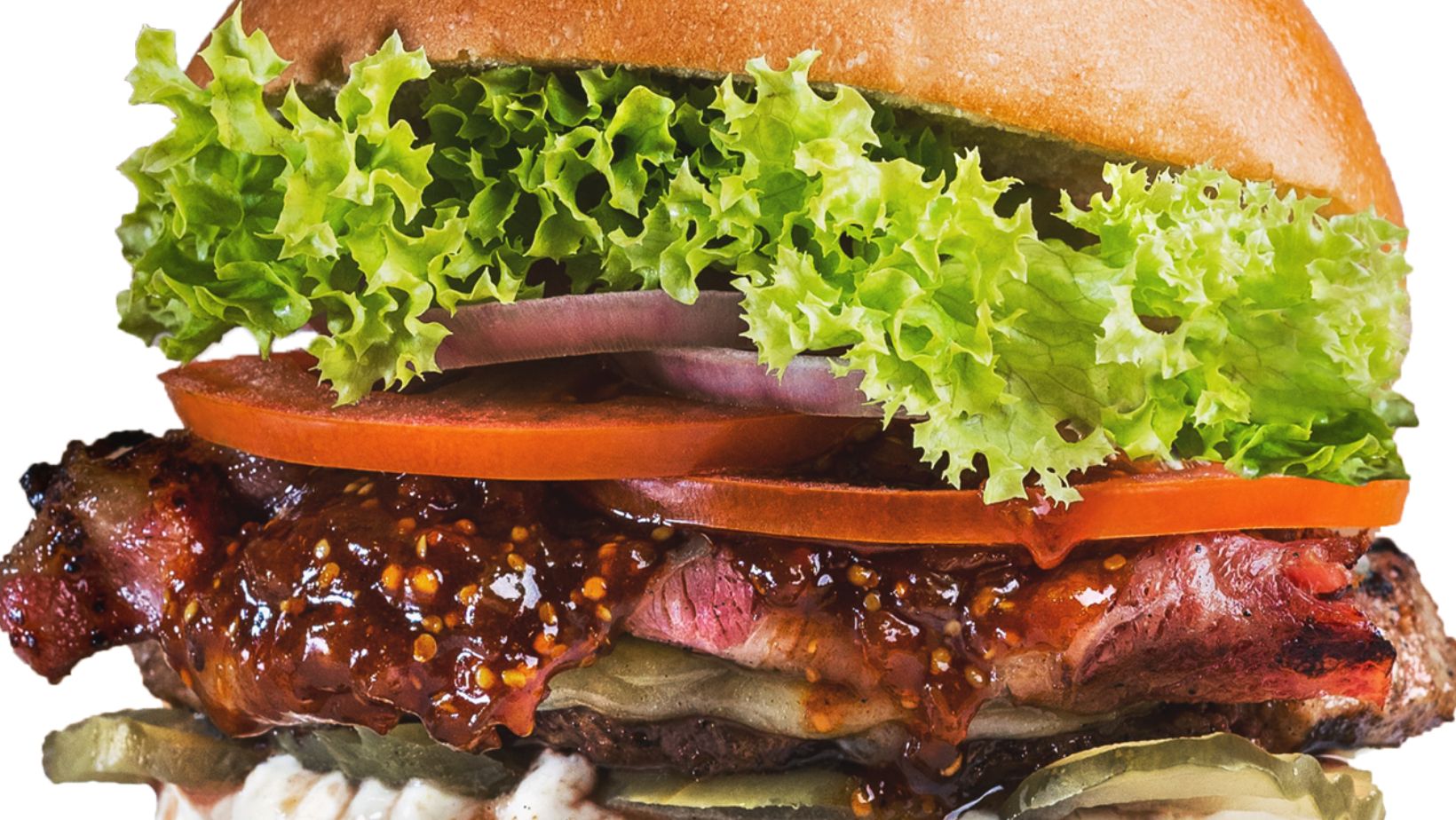If an Effective Ceiling Price is Placed on Hamburgers, Then
As a seasoned food enthusiast and blogger, I have always been fascinated by the impact of pricing on consumer choices. Today, I want to delve into the realm of hamburgers and explore the concept of an effective ceiling price. When it comes to this beloved American staple, finding the right balance between affordability and quality is crucial. Join me as I uncover the benefits and challenges of implementing a ceiling price for hamburgers and how it can shape the industry.
When it comes to hamburgers, affordability is often a key factor influencing consumer decisions. As a burger aficionado, I understand the importance of finding a delicious burger that doesn’t break the bank. That’s why the concept of a ceiling price for hamburgers has caught my attention. In this article, I will discuss the advantages of implementing an effective ceiling price, ensuring that consumers can enjoy their favorite burger without sacrificing quality or their budget.
In the competitive world of hamburgers, setting a ceiling price can be a game-changer. As a food blogger, I have witnessed the power of pricing strategies in shaping consumer behavior. In this article, I will explore how an effective ceiling price can create a level playing field for burger joints, encourage healthy competition, and ultimately benefit both consumers and businesses alike. Join me as I uncover the potential impact of a well-implemented ceiling price on the hamburger industry.
What Is a Ceiling Price?
When it comes to the hamburger industry, implementing an effective ceiling price can have a significant impact on consumer choices. But what exactly is the ceiling price? Let me explain.
A ceiling price is a maximum price set by the government or industry regulators that limits how much a product can be sold for. In the case of hamburgers, it means that there is a cap on the price that burger joints can charge for their burgers. This is done to ensure affordability and maintain the quality of hamburgers in the market.
By setting a ceiling price, it creates a level playing field for burger joints. It prevents any single business from monopolizing the market and charging exorbitant prices. Instead, it encourages healthy competition among burger joints, as they all have to stay within the price limit. This benefits both consumers and businesses in the hamburger industry.
For consumers, an effective ceiling price means that they can enjoy a delicious hamburger at a reasonable cost. It ensures that they are not being overcharged for a simple meal. This affordability allows more people to enjoy hamburgers and supports the overall growth of the industry.
On the other hand, burger joints also benefit from a ceiling price. While they may not be able to charge premium prices, they can still make a profit by focusing on efficiency and providing quality burgers. It forces them to be innovative and find ways to stand out from the competition.
In addition, a ceiling price can lead to an increase in the demand for hamburger buns. As the price of hamburgers becomes more affordable, more people are likely to purchase them. This, in turn, creates a higher demand for hamburger buns, benefiting the bun market.

The Importance of an Effective Ceiling Price for Hamburgers
An effective ceiling price for hamburgers is crucial in maintaining a fair and competitive market. By setting a maximum price limit, it ensures that consumers have access to affordable hamburgers while promoting healthy competition among burger joints. Let’s explore why an effective ceiling price is essential in the hamburger industry:
1. Consumer Accessibility: With an effective ceiling price in place, hamburgers become more affordable for consumers. This means that people from all walks of life can enjoy a delicious burger without breaking the bank. It ensures that hamburgers remain a popular food choice for individuals and families, regardless of their income level.
2. Preventing Monopolization: An effective ceiling price prevents any single burger joint from dominating the market. It creates a level playing field for all players, big and small, encouraging fair competition. Without a ceiling price, larger burger chains could potentially set exorbitant prices, driving smaller businesses out of the market. By restricting prices, it promotes diversity and variety within the hamburger industry.
3. Quality Control: A ceiling price motivates burger joints to focus on efficiency and quality to remain profitable. With limited profit margins, businesses are compelled to streamline their operations and find innovative ways to deliver high-quality hamburgers to consumers. This leads to improved customer satisfaction, as burger joints strive to differentiate themselves through taste, service, and overall dining experience.
4. Boosting the Hamburger Bun Market: An effective ceiling price can also have a positive impact on the hamburger bun market. As the demand for hamburgers increases due to their affordability, so does the demand for hamburger buns. This creates an opportunity for bun manufacturers to expand their market share and cater to the growing needs of burger joints. It stimulates growth in the bun industry, resulting in a mutually beneficial relationship between bun producers and burger joints.














